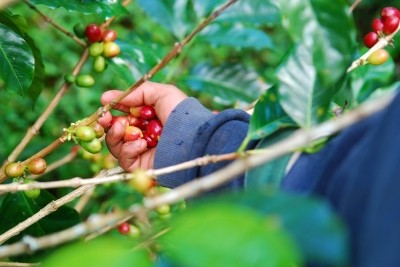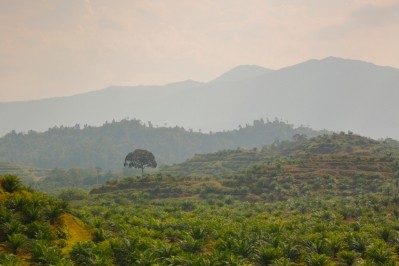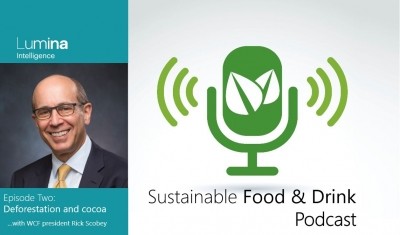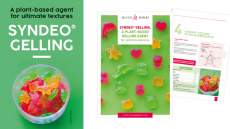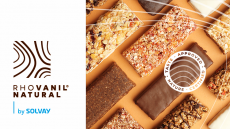Better evidence needed on Mondelēz cocoa sustainability commitment: analyst
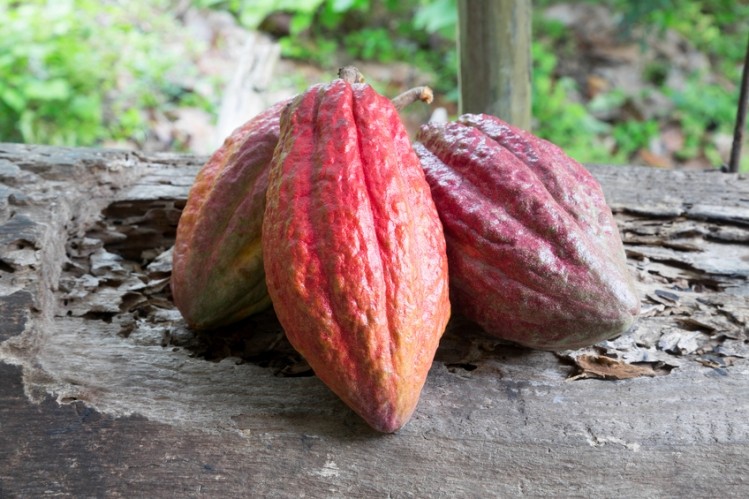
The US snacking giant has announced that its sustainability programme called Cocoa Life will provide all of its cocoa requirements by 2025 – up nearly double from the current level of 43%.
The Cocoa Life programme provides educational and financial support to cocoa farmers Ghana, Côte d'Ivoire, Indonesia, Dominican Republic, India and Brazil in order to improve crop yield. Currently, only Mondelez's chocolate brands, such as Candbury’s dairy milk and Toblerone participate in Cocoa Life. The company wants to eventually make all of its products — including Oreo, Chips Ahoy and Tate's — with sustainable cocoa.
When the programme launched in 2012, Mondelēz committed $400 million to Cocoa Life over 10 years to help build a thriving cocoa supply chain by increasing cocoa productivity and empowering local cocoa farming communities to improve their resilience. Today, the programme works directly with cocoa farmers and communities to transform their livelihoods through a focus on skills, education and access to essential resources such as planting materials and crop protection.
The company is now expanding the project owing to the enormous business risk posed by climate change.
“Cocoa is the essence of our chocolate, and an important part of our business. With demand for chocolate rising, to drive our business growth we need to secure a sustainable supply of its essential ingredient; we need a thriving cocoa sector,” said Mondelez CEO Dirk Van de Put.
“By investing, supporting and believing in Cocoa Life, we are at the forefront of the fight against climate change.
“We know we can’t address climate change alone. But we are focused and committed to playing our part to grow opportunities for farmers, their communities and our planet to thrive.”
But ‘Mondelēz can improve its impact measurements’
The move illustrates how Mondelēz is leading the race on transparency among the big chocolate brands, said Oliver Nieburg, a market analyst for Lumina Intelligence Sustainability.
“Mondelēz commitment to cover its entire cocoa volumes under Cocoa Life to a set deadline is potentially a big win for ensuring volumes are traceable and thus free from deforestation and child labour.
“It brings the largest chocolate maker’s commitment to sustainability in line with the largest cocoa supplier, Barry Callebaut, which also has a 2025 deadline for sustainable volumes.”
About Cocoa Life
Cocoa Life is Mondelēz International’s global cocoa sustainability program, which works on the ground to assist the communities who make their living from cocoa. The program reaches 1,476 communities in six countries: Ghana, Côte d'Ivoire, Indonesia, Dominican Republic, India and Brazil. To date, Cocoa Life has trained more than 142,000 farmers on Good Agricultural Practices and provided over 8 million cocoa seedlings and 1.2 million shade trees to improve farm productivity.
Nieburg said these initiatives are having an impact – so much so that certification standards such as Rainforest Alliance are having to evolve to stay relevant.
However, “Mondelēz can improve its impact measurements,” added Nieburg. Mondelēz was still to give evidence on the impact of its sustainability initiative, for example.
“Cocoa Life has proven its success in Indonesia to improve incomes of farmers, but the company has yet to evidence impact with assessments in Mondelēz largest sourcing countries (Côte d’Ivoire and Ghana),” said Nieburg.
“As Cocoa Life expands its reach, it will be critical to prove its training and interventions are being implemented and are truly making a difference on the ground through impact assessments in all origins.”
This means proving impact on not only higher yields, but on farmer livelihoods, said Nieburg. For example, by Mondelēz’s own admission farmer incomes have not necessarily risen as a result of Cocoa Life in Ghana.
Its annual report states: “In Ghana, we saw farmers in some regions improve their cocoa income by 6% while farmers in other regions decreased their income by 26%, partially due to a 20% reduction in overall cocoa farming.”
Nieburg asks: “How have incomes in US dollars and as a percentage increase, as well as rates of malnutrition, actually changed because of greater productivity?”
Securing a sustainable supply of a commodity makes business sense, he added. “But proving approaches actually make a difference to people’s lives and the planet is more in line with the UN’s vision of sustainability.”
‘Responsibility goes beyond sourcing of cocoa’
Barbara Crowther from Sustain, the UK alliance for food and farming, welcomed Mondelēz’s commitment to a 100% sustainable cocoa supply chain by 2025. But she added: “Mondelez’s responsibility goes beyond sourcing of cocoa, and must also shift to models of responsible consumption and marketing of chocolate.
“In the UK, one in three children are now overweight or obese by the age of 11, whilst Mondelez has been found in breach of regulations on responsible marketing to children not once but twice in the past year. If the company truly sees itself as ‘leading the future of snacking’, then it has to stop targeting kids and make a shift to a less sugary, less plastic-packaged and more healthy, sustainable product range.”
Mondelēz International also released Cocoa Life’s 2018 Annual Report, which shows shows that Cocoa Life is having a positive impact:
Cocoa yields are continuously improving and results show that as cocoa farms become more efficient, their yield increases. This is an important development, as farms that can do more with less land are able to create spare land that can be used for other income-generating activities, helping make cocoa farming a prosperous business.
More communities are steering their own development and Cocoa Life communities can become drivers of change. Through the use of planning and advocacy tools, these communities have been able to attract the funding and resources needed to develop — an important step because sector change will only be sustained if local actors feel empowered to do so.
Farmers are choosing not to expand into protected forests and encouraging and enabling cocoa farmers and communities to protect the land where cocoa is grown has been fundamental to the Cocoa Life approach. Mapping efforts and tools support farmers in understanding how to get more out of their farms – helping them build better businesses.
